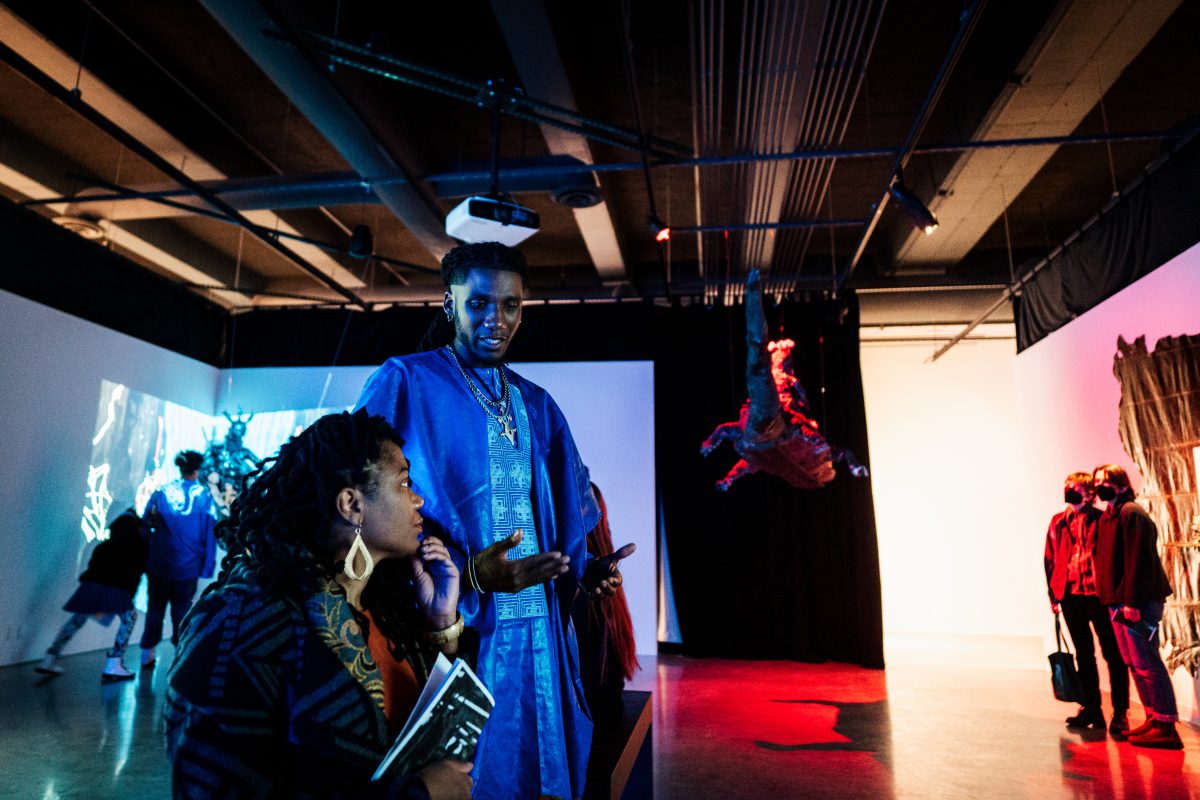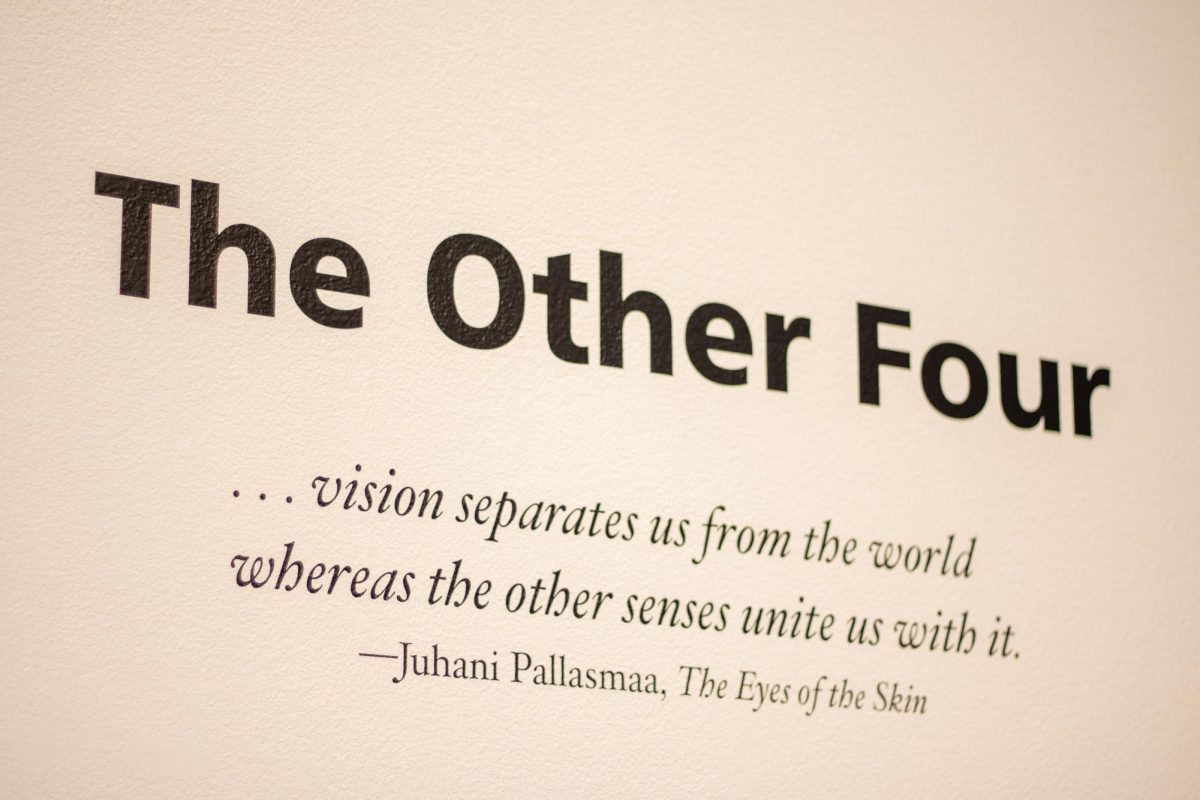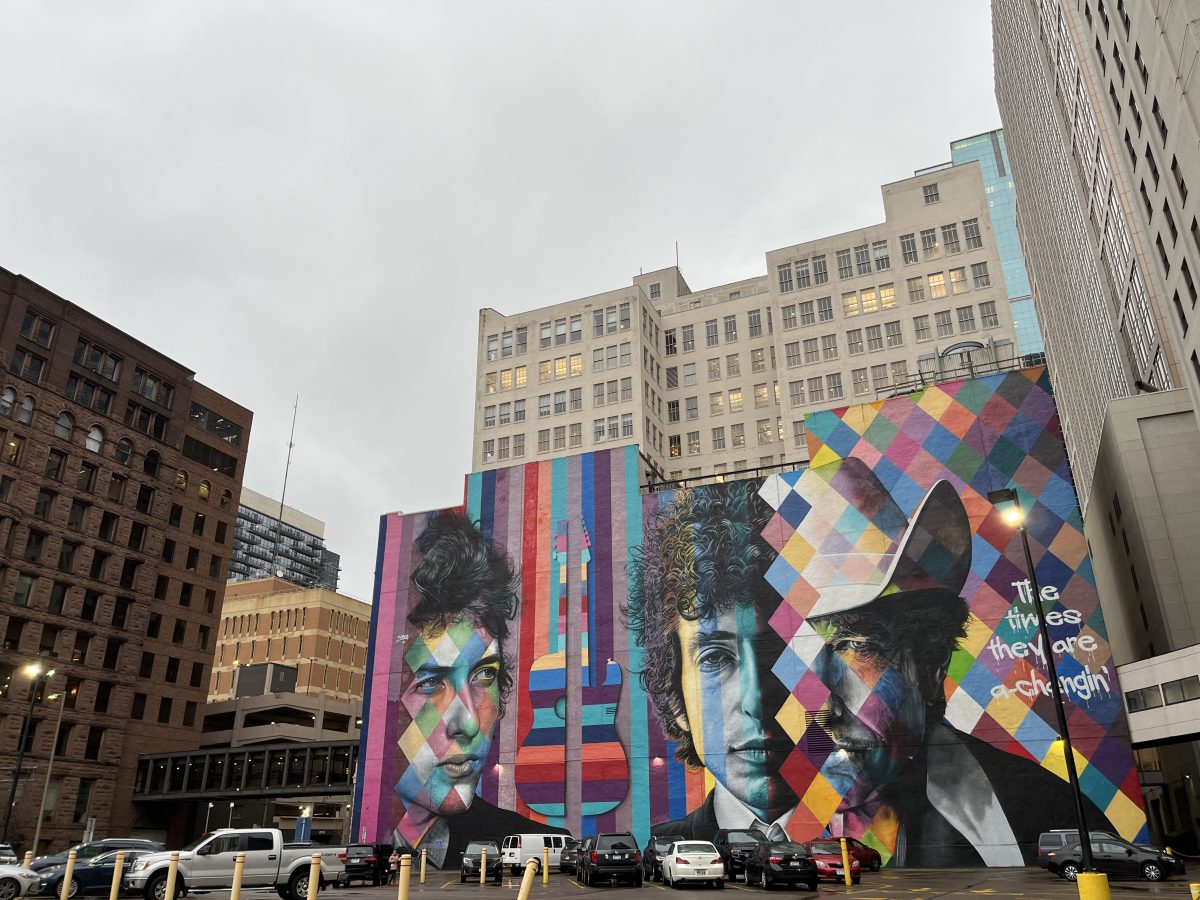>Click here to download the .pdf with more photos and graphics
Sweden
The American Swedish Institute
> 2600 Park Ave., Minneapolis
> (612) 871-4907
> www.americanswed ishinst.org
It seems appropriate that a state with a Swedish population like Minnesota’s should have a museum devoted to Swedish American history, in addition to a local Ikea. And we do – you just might not have heard of it.
To step inside the American Swedish Institute is to experience the early-20th century opulence that surrounded very wealthy families. One such family, the Turnblads, emigrated from Sweden. Their mansion on Park Avenue now houses the museum.
But the Institute, which is planning an expansion to house all its artifacts, isn’t devoted just to one family. It features the belongings and stories of many Swedish immigrants in Minnesota, along with collections of artwork, like the “Swedish Wildlife” exhibit and the “Dwellings for Light” collection of Swedish glassware in the permanent collection.
ZimBabwe
Mhiripiri Gallery
> 9001 Penn Ave. S., Bloomington
> (952) 285-9684
> www.shonasculpturemhiripir.com
Rex Mhiripiri made it clear that his new space in Bloomington is a gallery, not a museum. But as he demonstrated to visitors how stone sculptors create texture, Mhiripiri, 70, sounded more like a museum guide than an art dealer.
Mhiripiri Gallery, which moved to its Bloomington location after inhabiting five other spaces, is filled with striking stone sculptures from Mhiripiri’s native Zimbabwe. They perch on rustic split logs and tree stumps. Alongside them are photo albums, newspaper clippings and art books which he encourages visitors to page through, whether they intend to purchase anything or not.
“What I want to do is to try to give you information,” he said.
The pieces are called “Shona” stone sculptures after the Mashona tribe, the largest ethnic group in Zimbabwe. Several of the artists with work at the gallery have shown at the Metropolitan Museum of Art and won international acclaim, Mhiripiri said. For this reason, many of the larger works by well-known artists can range anywhere from $25,000 to $200,000. Others are priced as low as $50.
It’s hard to imagine this quality of artwork being sold at a strip mall in suburban Bloomington – or that many locals are in the market for pricey African art as they pick up their dry cleaning. Mhiripiri, however, whose own paintings of elephants and lions hang on the walls, wouldn’t have it any other way.
“I don’t sell trinkets,” he said.
Russia
The Museum of Russian Art
> 5500 Stevens Ave. S., Minneapolis
> (612) 821-9045
> www.tmora.org
Americans during the Soviet era (1921 to 1991) were encouraged to think of Russians as tragic, doomed czars or cold, backward communists – but rarely as humans who created art.
In fact, despite many Russian immigrants to the United States over the years, there were no museums devoted to 20th century Russian art in North America until 2002, when The Museum of Russian Art opened in Bloomington. Now housed at a new location (in a converted Spanish Colonial Revival-style church), the impressive collection of artwork proves that Russian art can be warm and severe, avant-garde and representational.
In short, the museum is large enough to encompass dozens of beautiful works of Russian realism spanning more than seven decades, but small enough to tackle in an afternoon.
Papau New Guinea
The American Museum of Asmat Art
> 3510 Vivian Ave., Shoreview
> (651) 486-7456
> www.asmat.org
Mid-20th century Catholic missionaries walked a fine line; they were both aware of the inherent value and importance of native cultures and dedicated to spreading the word of Jesus Christ, the Gospels and the Bible.
This paradox was apparent in the work of the Crosiers (a Catholic order of priests) with the Asmat people, an indigenous group in the rain forests of Indonesia. The Crosiers came to New Guinea in the ’60s. Invited by the Asmats to stay and build a mission there, the priests convinced the Asmat people to resume woodcarving and other artistic pursuits, then discouraged by the government.
In the decades that followed, the Asmats and the Crosiers built a relationship. Over time, many Asmat works of art were brought back to the Crosier’s headquarters at St. Odilia’s in Shoreview.
The American Museum of Asmat Art opened in 1997; today the collection amasses 2,500 to 3,000 objects, ranging from shields and tools to costumes and masks. The most amazing pieces of work, though, are arguably the strikingly detailed, 30-foot-long “soul ships” which hang from the ceiling of the museum. They’re a beautiful mix of the spiritual and the palpable, yesterday and today – not unlike the Asmat people themselves.
















